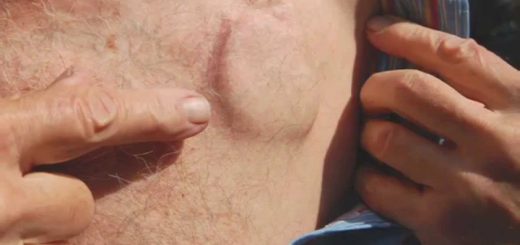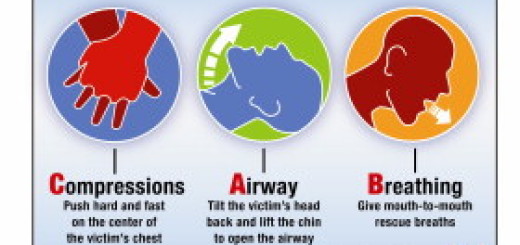How to Recognize a Stroke and TIA
The term stroke is applied to the sudden blockage or rupture of a blood vessel in the brain. Without a constant blood supply, brain cells will be damaged or destroyed within minutes.
Stroke is a medical emergency requiring early treatment and an accurate diagnosis.
Where injuries to the brain occur as a result of trauma, there is a risk of either bruising to the brain tissue concussion or the development of a clot either within or around the brain.
Concussion may produce a loss of consciousness or simply a state of confusion, but should never be treated lightly and the patient always referred for further investigation, usually in hospital as appropriate.

Signs and Symptoms of a Stroke
Stroke classically presents with the sudden onset of one or more of the following:
- limb weakness or numbness of arms or legs
- a weakness of the face on one side
- difficulty with speech, or understanding speech
- clumsiness
Stroke is more common in older age groups, and particularly those with raised blood pressure (hypertension), but cannot be excluded in the younger patient.
For suspected stroke, use the FAST test.
Face: Ask the patient to smile or show teeth. Look for NEW lack of symmetry
Arm Weakness: Ask the patient to lift their arms together and hold. Does one arm drift or fall down?
Speech Problems: If the patient attempts a conversation. Look for new disturbance of speech
Time to call emergency help
Transient Ischemic Attack (TIA)
An ischemic stroke event with complete recovery within 24 hours is called a Transient ischaemic Attack or TIA (‘mini-stroke’). A TIA occurs when there is a temporary blockage of a blood vessel in the brain.
Most TIAs only last a short time and present with the symptoms of a stroke.
Any patient with a suspected TIA requires urgent specialist medical assessment even if all the symptoms seem to have gone.






Thanks for the opportunity to learn first-aid , looking forward to the test and getting my certificate. I am available every day at 7am,I am ready to do my first test on stroke,I had a ischemic stroke in 2016
I’m ready for the stroke test